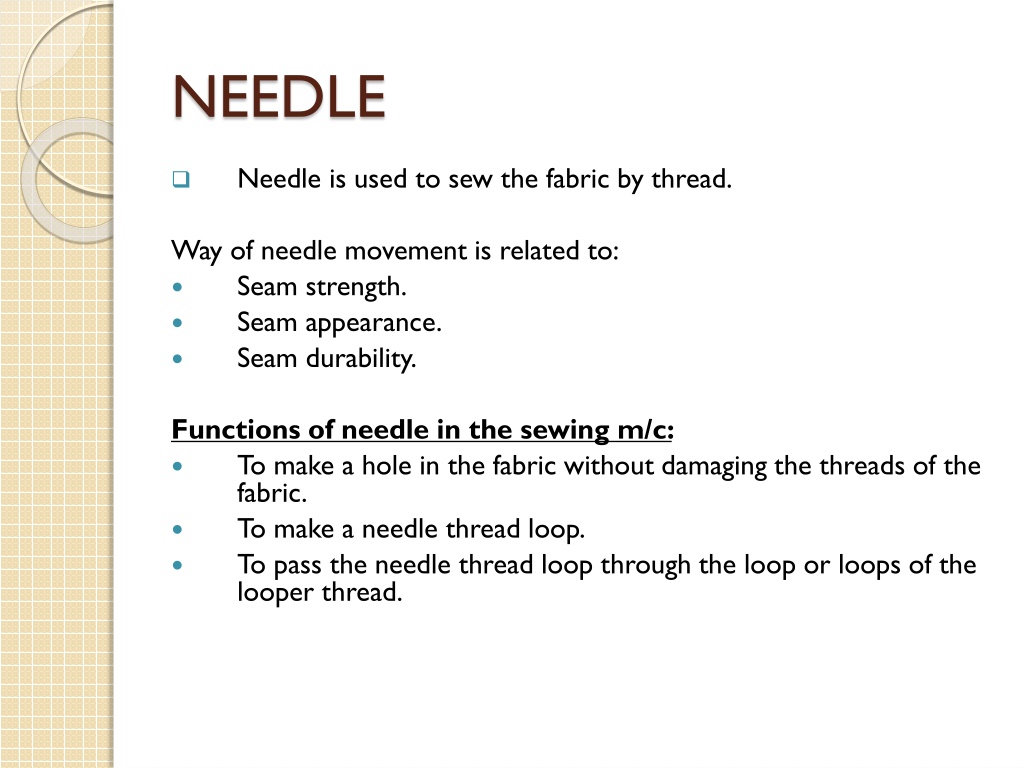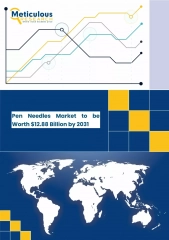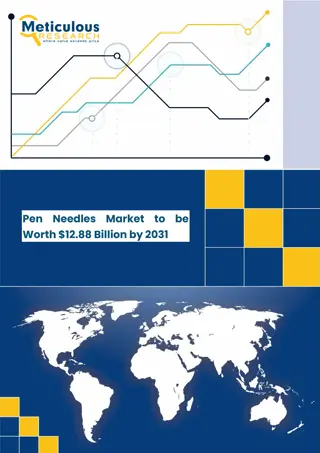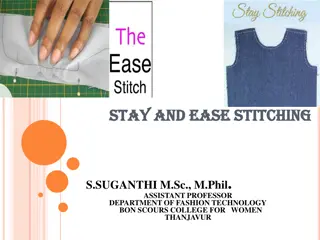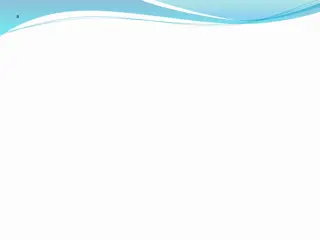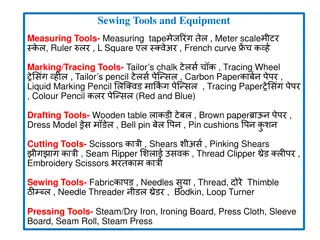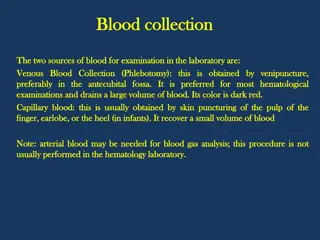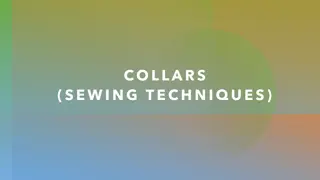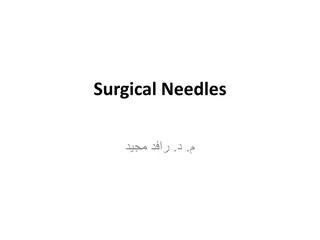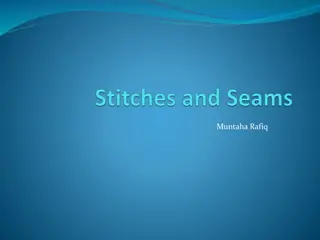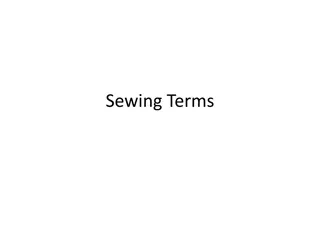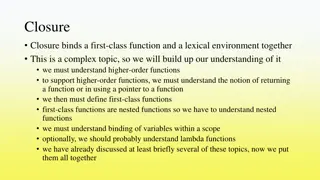Understanding the Functions and Components of Sewing Machine Needles
Sewing machine needles play a crucial role in creating strong, durable seams and enhancing the appearance of the final stitch. Components such as butt, shank, shoulder, blade, eye, scarf, point, and tip each serve specific functions in the sewing process. Needles are classified based on point types like cutting point and cloth point, with variations suited for different fabric types. Explore the intricate details of needle structure and function for improved sewing efficiency.
Download Presentation

Please find below an Image/Link to download the presentation.
The content on the website is provided AS IS for your information and personal use only. It may not be sold, licensed, or shared on other websites without obtaining consent from the author. Download presentation by click this link. If you encounter any issues during the download, it is possible that the publisher has removed the file from their server.
E N D
Presentation Transcript
NEEDLE Needle is used to sew the fabric by thread. Way of needle movement is related to: Seam strength. Seam appearance. Seam durability. Functions of needle in the sewing m/c: To make a hole in the fabric without damaging the threads of the fabric. To make a needle thread loop. To pass the needle thread loop through the loop or loops of the looper thread.
Functions of different components of a needle Butt: For setting the needle on to the needle bar or clamp. Shank: Upper part of the needle which is tied in the needle bar and which supports the needle. Shoulder: Middle part of the shank and blade is shoulder. It helps to make the hole of the fabric and strengthen the needle blade. Blade: Longest part of the needle from the shoulder to needle eye. In this portion, friction between fabric and needle is maximum. Blade is gradually tapered to tip. Long groove: The long and thin groove between shoulders to needle eye in the blade is called long groove. When the needle penetrates the fabric with needle thread, needle thread takes position in the long groove.
Continued. Eye: The hole present in the front of the needle is called eye. Eye through which sewing thread is passed. Scarf: The groove of the needle above the eye is called scarf. Its purpose is to enable the closer setting of looper to the needle. Point: The portion from the eye to the tip of the needle is called point. Point should be different for different type of fabric. Tip: the last (extreme end) part of the needle is called tip. It helps to create hole in the fabric during sewing.
Classification of needle point The portion from the eye to the tip of the needle is called needle point. Two types of needle point- A. Cutting point. B. Cloth point. Ball point. V Point / set point. A. Cutting point: Cutting point needles are used for sewing of sheet type materials like leather, plastic etc. In these materials, there is no gap within the structure. Three types of cutting points: 1. 2. 3. Wedge point. Cross point. Twist point.
Continued.. B. Cloth point: Cloth point / Round point needles used for sewing cloths. The point of cloth point needle is round. Two types of cloth points: 1.Set point. 2.Ball point. Set point: Set point needles used for sewing woven fabrics. 3 types of set points namely: Slim set point: For sewing densely woven fabric or top stitching like collar, cuff and pockets. Set point: For sewing medium densely woven fabrics. Heavy set point: For sewing buttons ( attaching buttons)
Continued.. Ball point: Ball point needles used for sewing knitted garments. Ball point needles are of 3 types: Light ball point. Medium ball point. Heavy ball point.
Needle size expression Metric system (Nm): Easy process, most usable, based on blade diameter. Needle size = Blade dia in mm X 100 = 0.8 mm X 100 =80 Nm. Singer system: 5, 7, 9, 10, 11, 12, 13, 14, 15, 16, 17. Needle system number more, needle coarser. Relation between metric and singer system: Metric no. Singer no. 55 7 65 9 75 10/11 80 12
The effect of needle size If the needle finer than thread: The thread can not pass easily through the needle eye. Thread can not set in long groove. Friction between needle and thread increases so thread may break or burn. Friction between thread and fabric increases so high heat produces. As a result, fabric will be damaged. If the needle coarser than thread : Thread can pass freely through needle eye. Coarser hole in the fabric due to coarser needle. So fabric may be damaged as well as seam pucker may be formed in compact woven fabric.
Causes of damaging needle point Needle heats with m/c parts specially throat plate. Faulty fabric handling during sewing by m/c operator. Needle deflection during sewing. Improper needle size selection. Improper needle point selection.
